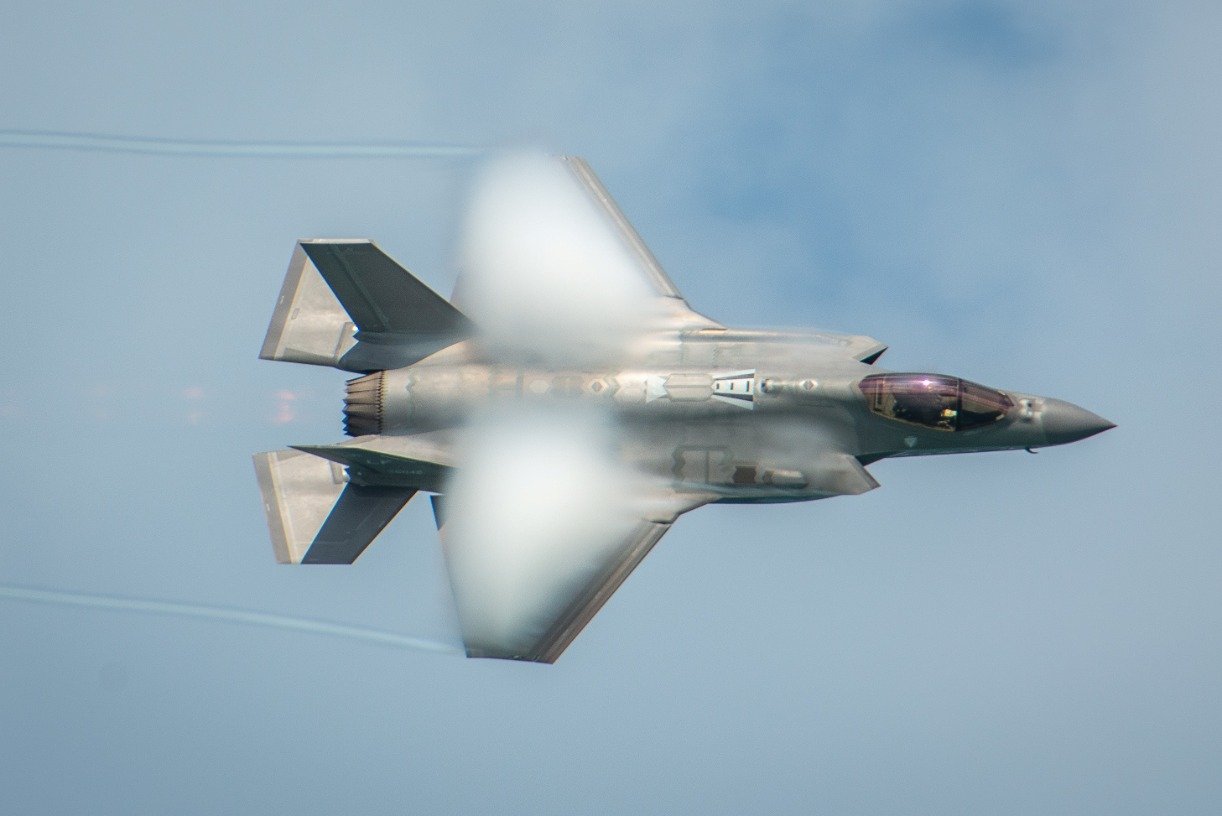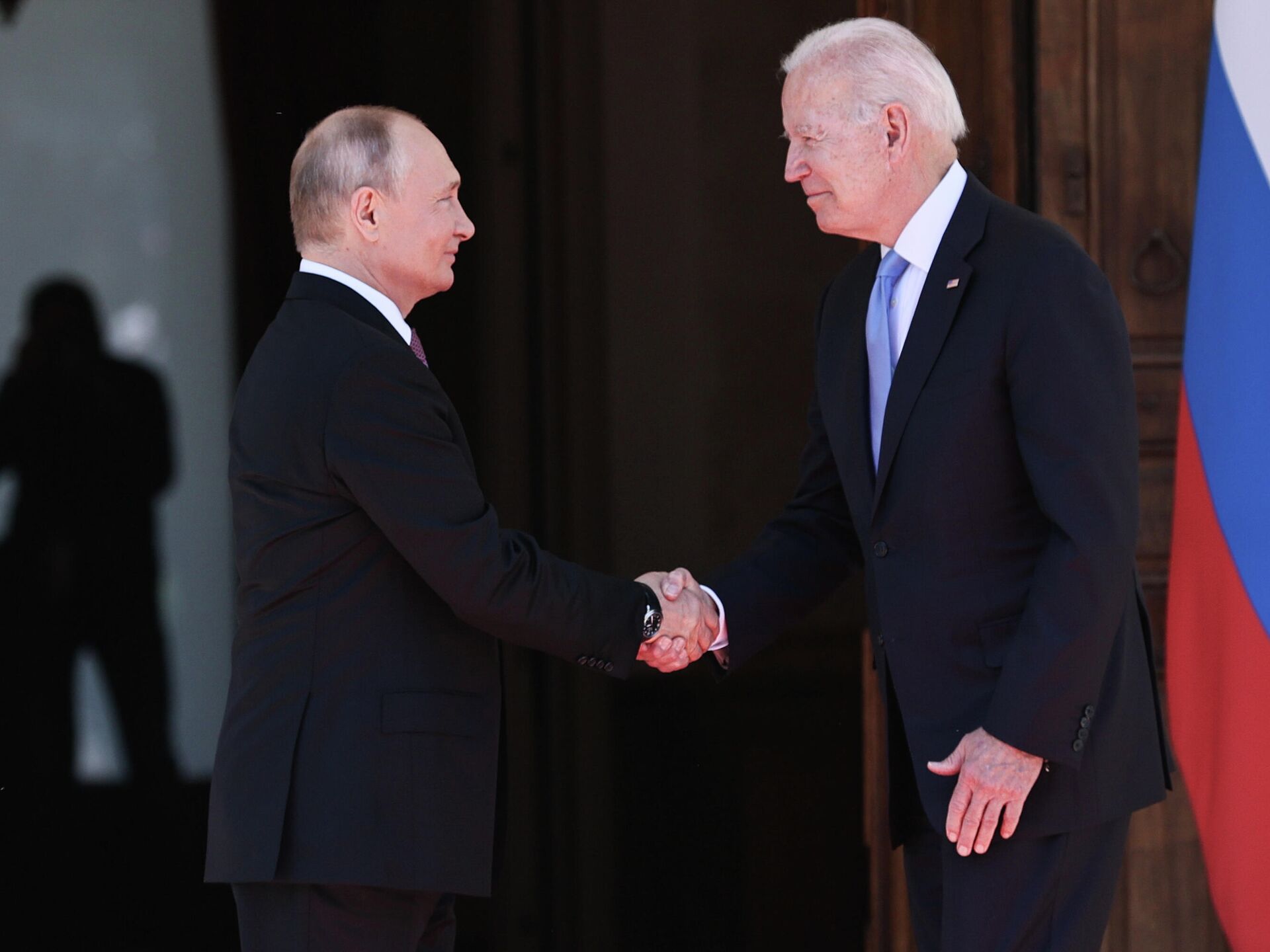The 30-year anniversary of Star Wars proclaimed by Ronald Reagan on 23 March 1983 somehow passed imperceptibly, but to this day the United States does not have a strategic missile defense, nor will it have one for at least about 10-15 years.
In this time numerous projects of exotic PRO [missile defense] systems proclaimed by the Pentagon to scare Moscow (unfortunately, not without success) have become nonexistent. The ERIS exoatmospheric intercept system, DEW directed-energy weapon program, space-based X-ray laser, controlled neutral particles, hypersonic electromagnetic Rail Gun, SBI Space-Based Interceptor, orbital Brilliant Pebbles, KEI kinetic energy interceptor, airborne chemical laser, and so on, on which over $100 billion were thrown away, turned out to be a bluff.
In 2002 Bush Jr terminated the ABM Treaty, which did not ban, but limited the number of strategic interceptors to 100. But today the United States has only 30 such GBI interceptor missiles (26 in Alaska and 4 in California).
True, the United States has several hundred nonstrategic interceptors -- Patriot PAC-3, THAAD, and SM-3 Block 1A. Their speed does not exceed 3-4 km/sec, and the intercept altitude of ballistic targets is no more than 250-300 km. As with our S-400's, such systems cannot intercept ICBM's, but can be used only against intermediate-range and short-range missiles. Under theINF Treaty we and the Americans destroyed all ballistic missiles with a range from 500 to 5,500 km back 20 years ago, but North Korea, Iran, China, India, Pakistan, Israel, and a number of other countries have such missiles.
An old Soviet anecdote asked "Can the 'Zaporozhets' catch up with the 'Mercedes'?" The Russian "Mercedes" -- Topol, Topol-M, Yars, and Bulava -- have a speed of 5-7 km/sec, and the American "Zaporozhets" will be unable to intercept our ICBM's, which are equipped with various missile defense penaids. GBI interceptors have a speed of 5 km/sec, but not once have they been tested against an enemy employing countermeasures such as the maneuvering of an ICBM in flight or the launch of decoys.
In 2009 Obama canceled Bush's decision to deploy GBI strategic interceptor missiles in Poland. Instead, a EuroPRO [European missile defense] phased adaptive program was announced, in the fourth phase of which it was planned to deploy in Poland and Romania 48 SM-3 Block 2B interceptor missiles with a speed that was supposed to exceed 5 km/sec. In addition, it was proposed to install such interceptor missiles on dozens of US cruisers and destroyers with the Aegis general-purpose NTDS system.
On 15 March the Obama administration announced rejection of development of the SM-3 Block 2B interceptor missile. This means not only a transfer of efforts to the buildup of the position area deployed in Alaska for the US strategic missile defense, intended above all for intercepting North Korean and Chinese missiles. The number of GBI interceptor missile silo launchers will be increased from 30 to 44 by 2017. This is fewer than the 68 A-135 strategic interceptor missiles deployed around Moscow, which are planned to be replaced with the new A-235 system equipped both with nuclear as well as kinetic warheads.
It is not only a matter of canceling the deployment of the strategic missile defense in Eastern Europe. The current US administration essentially rejected creation of the naval component of the strategic missile defense. Only implementation of the SM-3 Block 2B project theoretically permitted US ships with the Aegis system to acquire the capability of intercepting ICBM's. The SM-3 Block 1A and Block 1B interceptor missiles with which these ships (a total of 26) now are equipped and their advanced SM-3 Block 2A modification, which is in the development stage, do not have the requisite potential for ICBM intercept.
And even if one more position area of 10-20 GBI interceptor missiles will be deployed on US territory, which is unlikely, then even in this case the number of ICBM-intercept missiles will be approximately half that permitted under the ABM Treaty. Such a limited strategic missile defense will be incapable of having any kind of substantial influence on Russia's nuclear deterrence potential up to the mid-2020's.
Enough of scaring ourselves with America's omnipotence. The Pentagon was unable, and in the foreseeable future will be unable, to solve a very difficult technical problem ("hit a bullet with a bullet") and it simply does not have the money to build up a missile defense under conditions of the budget crisis. Therefore one cannot ignore Obama's decision in the belief that nothing is changing, and continue to demand legal guarantees that the US missile defense will not be directed against us. Such a position is groundless for several reasons.
On the one hand, the missile defense is for repelling a missile attack, and no official guarantees will be protection if in a hypothetical situation our missiles will be directed at Europe. On the other hand, NATO also can demand legal guarantees from us about not targeting our missiles against the United States and its allies.
Washington's decision to restructure the missile defense can be fully regarded as acknowledgment of Moscow's concerns that the US missile defense is capable of disrupting the existing balance in strategic nuclear arms established by the 2010 START. Thus, an opportunity has appeared for emerging from that stalemate on the missile defense problem in which Russia and the US/NATO ended up.
Moreover, in the presence of political will it is possible to reach an understanding on cooperation of Russia and the US/NATO on the EuroPRO through the signing of a corresponding political act, the status of which would correspond to the 2002 Rome Declaration. A weighty precondition for concluding such an act is the given that now, within the scope of implementing a phased adaptive approach to creating the European segment of the US missile defense, it appears to be technically impossible to give it direction against the potential of Russia's strategic nuclear forces. The main obstacle thereby is removed in the path of achieving a mutually advantageous cooperation of Russia and the US/NATO on the EuroPRO.
It will be necessary to settle other irritants in Russian-American relations, particularly those caused by the US desire to create a potential for a so-called "Prompt Global Strike" [PGS]. But even this problem can be solved if the United States limits the potential of "Prompt Global Strike" forces to the deployment of a reasonable number of platforms created with hypersonic technology. As believed by authors of the familiar report of the "Global Zero" organization, particularly former Commander STRATCOM and JCS Vice Chairman General James Cartwright and Chuck Hagel, now heading the US Defense Department, it is fully sufficient to have no more than 20 such platforms for accomplishing those missions which are advisable to assign to the PGS forces. That limited PGS potential will not affect the balance of strategic nuclear arms. In our view, in this case there will be no insurmountable obstacles to reaching understandings of Russia and the United States on the EuroPRO, and in the future also on further reductions of their nuclear arsenals.
Nezavisimaya Gazeta

 Yesin, Rogov on Reaching Russian, US/NATO Understanding on European Missile Defense
Yesin, Rogov on Reaching Russian, US/NATO Understanding on European Missile Defense



_jpg/250px-ElbeDay1945_(NARA_ww2-121).jpg)









